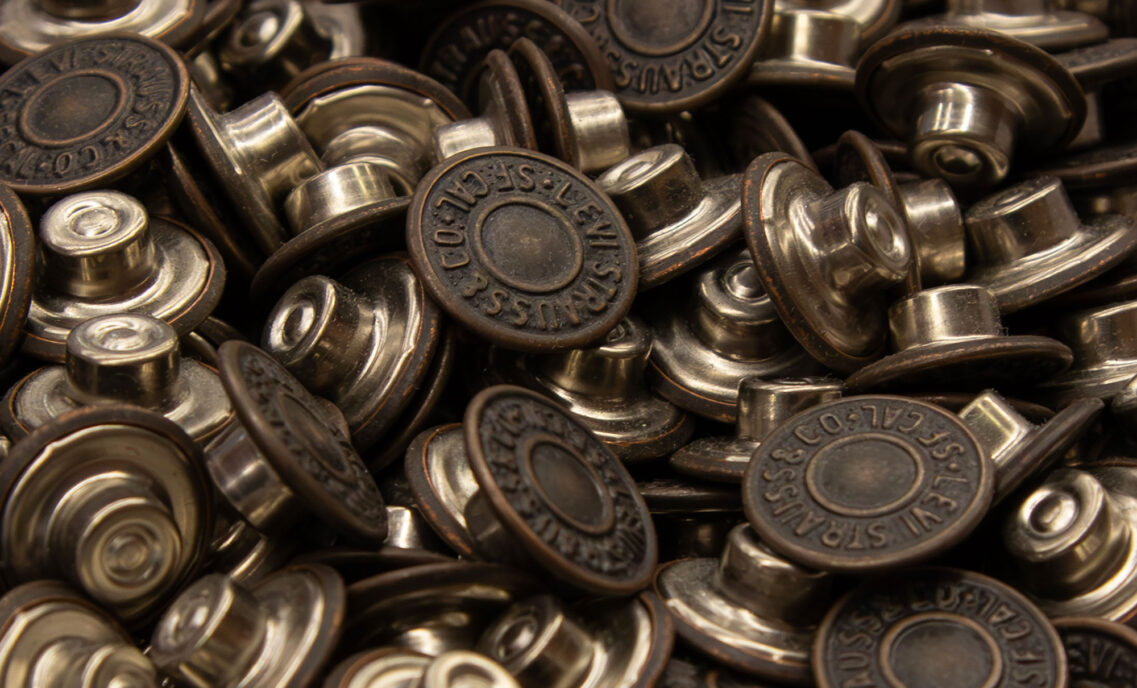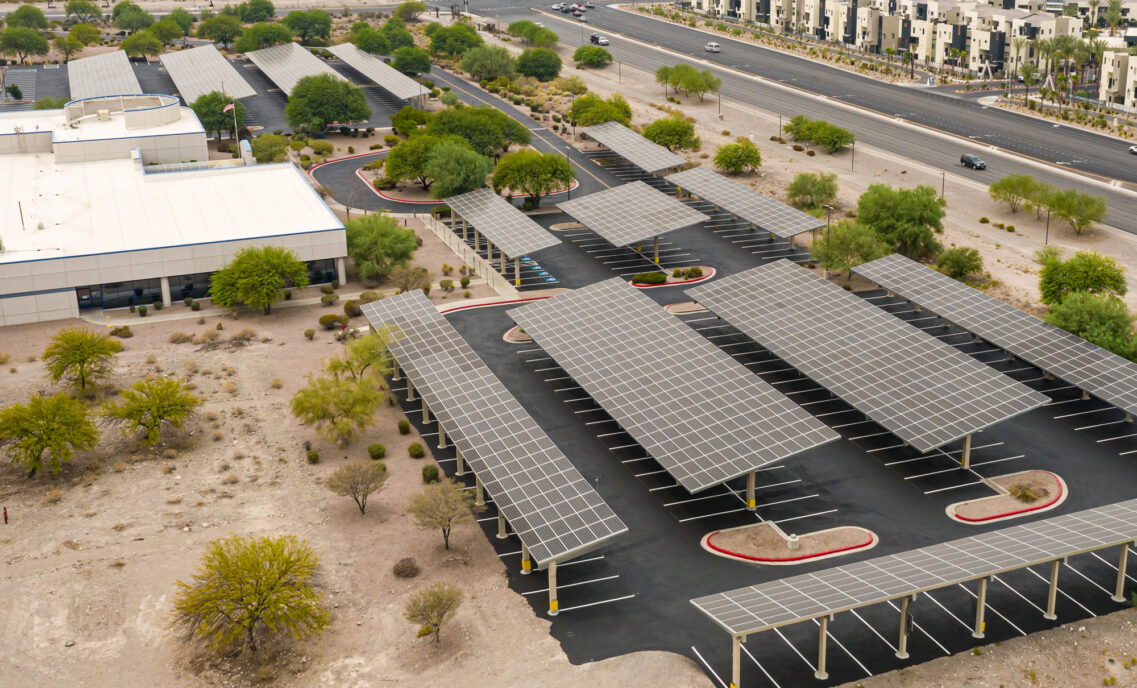When I was in Torreon, Mexico a couple of weeks ago, it was already approaching 100 degrees. A dry heat, but still …
Torreon is located in the high northern desert. And as you might expect in a desert, there’s not an abundance of water.
The implications for our Levi’s® jeans supplier in Torreon are significant, especially on the laundry side.
All of the laundries we work with around the world are required to meet our water quality standards, so they end up building water treatment plants. Years of ongoing improvements in a lot of these facilities has enabled them to recycle the majority of the water they use, reducing the overall amount of water they draw from local wells or rivers.
But … in the desert … there are other challenges.
The local government didn’t have water to spare. So the laundry didn’t have many options. Among them, using municipal sewage water.
And that’s just what they did – building a wastewater plant to treat the sewage, which they now use for 80 percent of their industrial water needs.
Yes, they can treat the sewage to be clean enough to wash jeans —- and they then recycle that water to reuse it! This is the first time I’ve seen such an extreme and innovative form of water conservation.
This sustainability thinking extends to the finishing factory.
Workers on the factory floor were ironing jeans prior to packing them up for shipment. Remember, it’s almost 100 degrees outside. And they’re inside a factory building … ironing.
But as I walked through the factory, it was noticeably cool. Air conditioning? To cool a large warehouse like this one would not only be costly, it would consume an enormous amount of energy.
In this case, the cool air wasn’t coming from air conditioning, but from an old-fashioned “swamp cooler” system, which cools the building for a fraction of the cost and energy of air conditioning.
With supplier partners like this, I left Torreon feeling very optimistic about our efforts at Levi Strauss & Co. to enhance sustainability – not only in our supply chain, but also in our products.
It was truly an inspiring visit.






